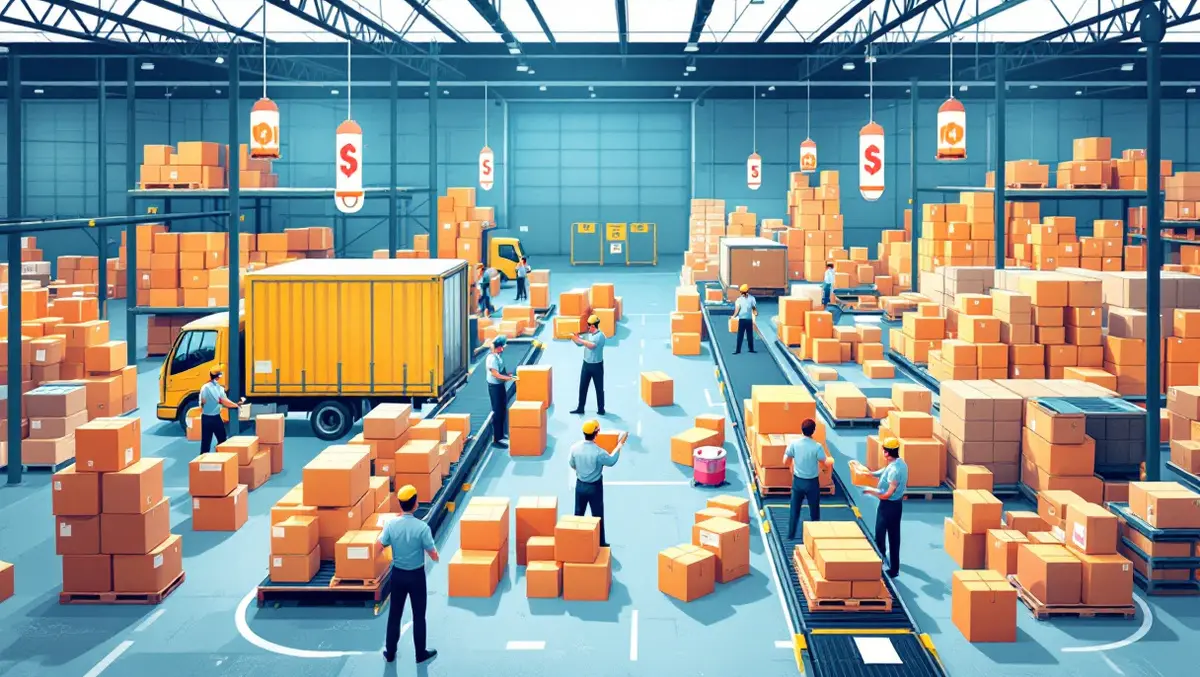
How retailers can nail peak season success in 2025
The retail world is changing faster than ever. As we approach the 2025 holiday season, retailers face a new reality: consumers now demand faster, more seamless shopping experiences, especially during big events like Black Friday, Cyber Monday, and the holiday rush. Gone are the days where just keeping the website running smoothly was enough. Today, success during peak season hinges on a retailer's ability to adapt quickly, leverage modern technology, and plan holistically across all operations.
Retail giants like Amazon have set a high benchmark, with real-time inventory updates, instant customer service, and robust logistics networks. Ultimately, the key to thriving during peak times is building a resilient, scalable, and technology-driven operation that can handle unpredictable demand surges while delivering an exceptional customer experience.
End-to-end readiness: Building a unified operational backbone
In recent years, the main focus was on keeping eCommerce sites up and processing orders efficiently. While these basics remain important, the bar has risen. Today's operational success begins with end-to-end visibility, knowing precisely where inventory is, how orders flow across channels, and ensuring fast delivery.
At the heart of this is a powerful Order Management System (OMS). An effective OMS pulls together inventory data from multiple warehouses, storefronts, and third-party logistics (3PL) providers, offering real-time insights into stock levels. This allows retailers to avoid overselling, manage backorders efficiently, and quickly re-route inventory if needed.
Moreover, an integrated OMS helps coordinate across multiple channels, online, mobile, social media, and even physical stores creating a unified customer experience. This synchronisation ensures that customers see accurate stock levels and avoid the frustration of ordering products that are unavailable or delayed.
Smarter demand forecasting using advanced analytics
One emerging trend is the use of artificial intelligence (AI) and advanced analytics to predict demand with greater accuracy. Retailers are analysing past sales data, website traffic, seasonal trends, and marketing campaigns to forecast where and when spikes will happen.
For example, during the 2024 holiday season, some retailers discovered that late afternoon Black Friday sales often surge in specific categories like electronics and toys. Using this data, they pre-positioned inventory and scheduled staff accordingly, which resulted in faster fulfilment and more satisfied customers.
It is also vital to factor in promotional calendars and marketing plans. Sudden sales promotions or flash deals can cause unexpected surges, so flexible planning and capacity allocation are essential. Supply chain capacity should also be assessed, warehouses, delivery partners, and transportation must be scaled to meet the forecasted demand.
Rigourous testing and stress-checking systems
A key step often overlooked is testing systems under peak load conditions. Retailers are increasingly conducting load testing on their websites and backend systems, simulating the high traffic and order volume typical of peak holiday days. This helps identify weak points in infrastructure before the real surge begins.
For example, some brands run simulation scenarios where they process hundreds of thousands of orders within a few hours. This reveals potential bottlenecks in API workflows or order processing speed, allowing teams to fine-tune accordingly. Benchmarking KPIs such as page load times, API latency, and order throughput helps establish performance targets.
Testing also extends to fulfilment workflows, ensuring warehouses can handle the spike without delays and supply chains are prepared to reroute shipments if disruptions occur. Building contingency plans, like activating backup warehouses or rerouting orders, minimises the impact of disruptions. In recent headlines, supply chain resilience has gained attention, especially after pandemic-related disruptions showed the importance of having flexible logistics networks.
Contingency planning: Preparing for the unexpected
Even with the best preparations, issues can crop up such as stockouts, system outages, or logistical delays. That's why contingency planning is vital. Retailers should establish clear escalation workflows to address problems swiftly.
Maintaining open and transparent communication with customers about potential delays also builds trust. Many brands issued proactive updates, which helped manage expectations and protect their reputation.
Additionally, having backup contact points, alternative delivery routes, or manual override procedures ensures continuity. Having these processes documented and regularly drilled means teams are ready to execute quickly when trouble strikes.
Real-time monitoring and continuous optimisation
During peak season, real-time monitoring becomes the eyes and ears of operations. Retailers are turning to dashboards that track order flow, system health, inventory levels, and fulfilment metrics. This snapshot helps teams rapidly address emerging issues, like slow order processing or delivery delays before they escalate.
Many modern retailers employ comprehensive dashboards that centralise key metrics, order processing times, inventory levels, delivery statuses, website traffic, system health, and customer service issues. These dashboards serve as the nerve centre, providing instant insights into what's happening across every touchpoint in the supply chain and customer journey.
In today's competitive retail landscape, agility is paramount. Retailers that maintain active oversight during peak periods empower their teams to react swiftly to unexpected challenges, minimise disruptions, and uphold a high level of customer service. This proactive mindset transforms peak season from a potential risk zone into an opportunity for operational excellence.

